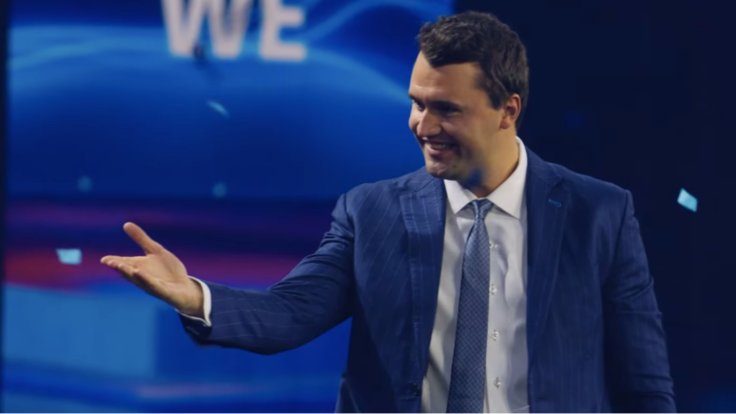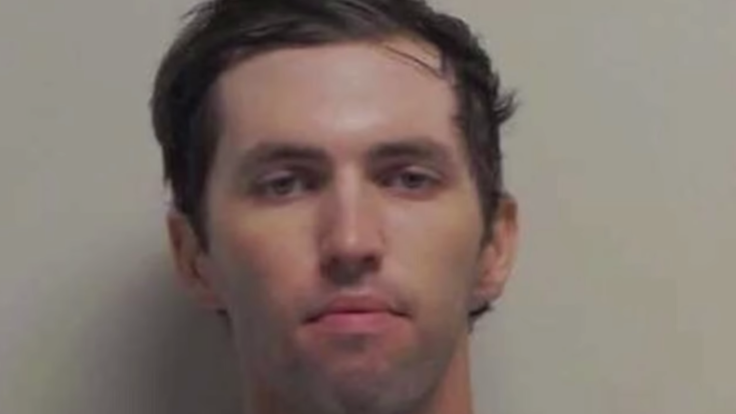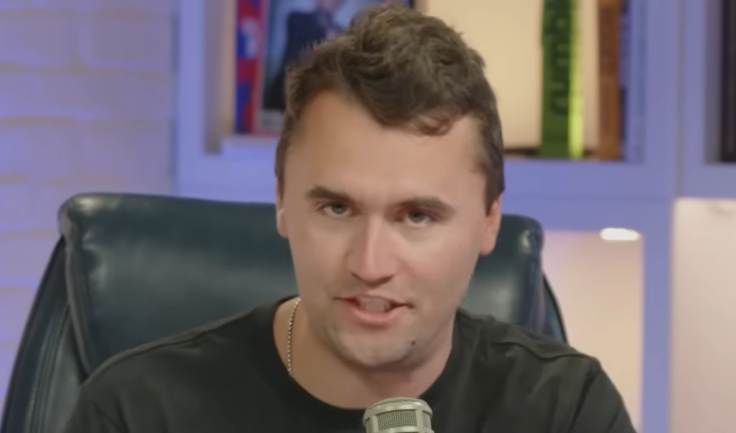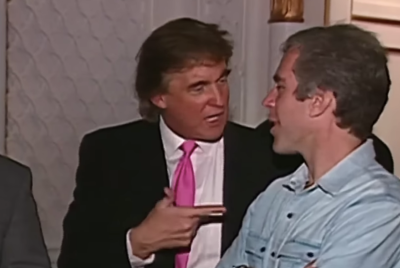Charlie Kirk's Killer Tyler Robinson Branded A 'Patsy' By Expert — FBI Suspects Conspiracy
Dr. Mantik also states similarities of Kirk's assassination to JFK's

Tyler James Robinson, the 22-year-old accused of gunning down Charlie Kirk at a campus rally on 10 September 2025, now faces a dramatic new claim.
A forensic expert who spent decades on the late President John F. Kennedy's assassination says Robinson may have been pushed into the frame.
Dr. David Mantik, who has challenged official accounts of Kennedy's death for more than 30 years, told RadarOnline.com that patterns surrounding Kirk's killing look disturbingly familiar.
He believes major gaps, confused timelines, and fast accusations echo mistakes from 1963. His view has fuelled fresh questions about how Kirk died during the open-air event with students. Mantik said unclear information and hurried narratives often mask deeper truths, and he fears that same risk now hangs over this case.

Mantik Draws Parallels With Historic Assassinations
Mantik said details around Kirk's shooting carry eerie similarities to Kennedy's death in Dallas. Kirk was shot in front of young supporters much like Kennedy faced a fatal attack in public.
Robinson's rapid identification also reminded Mantik of how Lee Harvey Oswald was blamed for Kennedy's killing within hours despite unresolved questions.
A firm motive for Robinson has not been confirmed. Mantik argued that uncertainty itself mirrors long-running concerns about Kennedy's case. He said that 'A lack of transparency is a trademark' and added, 'And patsies often appear'.
Mantik then pointed towards a wider pattern in American political history. He described how single suspects were placed at centre of some of the most shocking killings, from Abraham Lincoln and Martin Luther King Jr to Robert Kennedy.
He also mentioned high-profile attempts that followed the same route, including John Hinckley Jr's attack on Ronald Reagan and the recent shooting of President Donald Trump by Thomas Crooks.
According to Mantik, investigators handling Kirk's case must use every scientific tool available. He urged them, 'Use objective data, like autopsy reports, X-rays, ballistic tests – and use facial recognition software'. He then warned that teams should 'beware of manipulated (and missing) evidence in the crime scene photographs' and related material.
Mantik based much of his advice on his own Kennedy research. He maintains that Kennedy suffered several head wounds fired from different angles. He insisted, 'There was no single fatal shot'.
Mantik added that X-rays showed 'tiny, metallic particles at the high, right forehead, (which) could only derive from a frontal shot'. He also said that one image displayed a keyhole fracture in the right temporal bone, a feature that fit a bullet fired towards the right temple. He said that shot created 'a gaping hole at the right rear'.

Mounting Evidence Suggests Robinson Did Not Act Alone
Mantik's concerns now sit alongside growing pressure on investigators. RadarOnline.com has reported that the FBI is reviewing evidence that could point towards wider involvement in Kirk's killing.
Agents are examining Robinson's actions during the frantic 33-hour manhunt after authorities tracked him across campus grounds and nearby streets.
A doorbell camera captured a man believed to be Robinson moments after fleeing a rooftop. He appeared nervous and spoke into a mobile phone while moving away from the scene. That brief clip has raised urgent questions about whom he contacted and whether someone else took part in the plot.
Sources said FBI teams are now scrutinising every detail as they hunt for potential accomplices and any sign of a second shooter. Mantik's warnings have added fresh pressure for full transparency as investigators work through a case that grows more complex by the day.
© Copyright IBTimes 2025. All rights reserved.



















